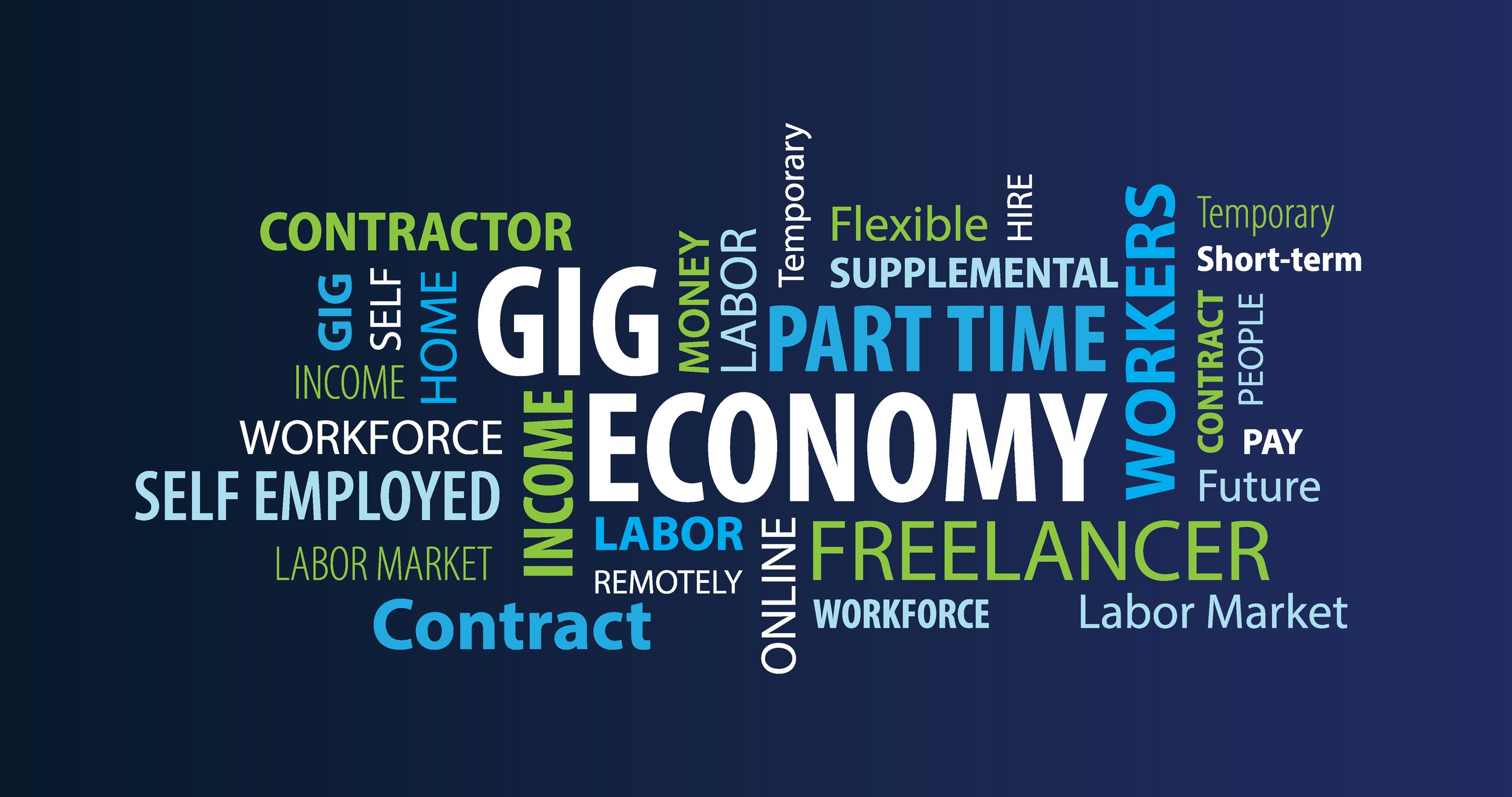Independent, always connected, diverse and incredibly technologically savvy, Generation Alpha has grown up in a digital world, accustomed to spending hours each day in front of a screen or device. Named for those born in 2010 and after, Generation Alpha represents the start of a new era and generation that has been transformed by digital technology.
The world of the Alpha Generation is replete with smartphones and tablets, virtual assistants, data, artificial intelligence, personalization and wearables, among other technological innovations. This young generation is often more comfortable with online technology than they are with in-person interactions and they tend to enjoy working independently.
While all of these traits can be beneficial for workplaces, there are some challenges when it comes to the Alpha Generation: Their attention spans tend to be shorter and they sometimes lack the creativity and ability to connect with others that are hallmarks of previous generations.
While this generation is too young to impact the workforce in full force today, savvy companies will be prepared to meet this online and connected cohort in a few short years.




















